Our Stories
Recent Articles
Projects
The AOC Never Paints Itself Into a Corner
An in-depth look at the most recent phase of the Capitol Building Paint Analysis and Plaster Repairs project.
Projects
Group Project: The Russell Building Courtyard
The Russell Senate Office Building courtyard was recently restored as a supplement to the Russell Exterior Envelope Project.
Projects
Cannon Light Fixture Restoration
While light fixtures are like jewelry to a room, they can also set a tone for the significance of the space. Naturally, they also provide illumination to enable work and safe movement.
Projects
Covering the Home Team
The amount of talent needed for all the projects around the Capitol campus is high, and fortunately the AOC boasts a deep bench of employees.
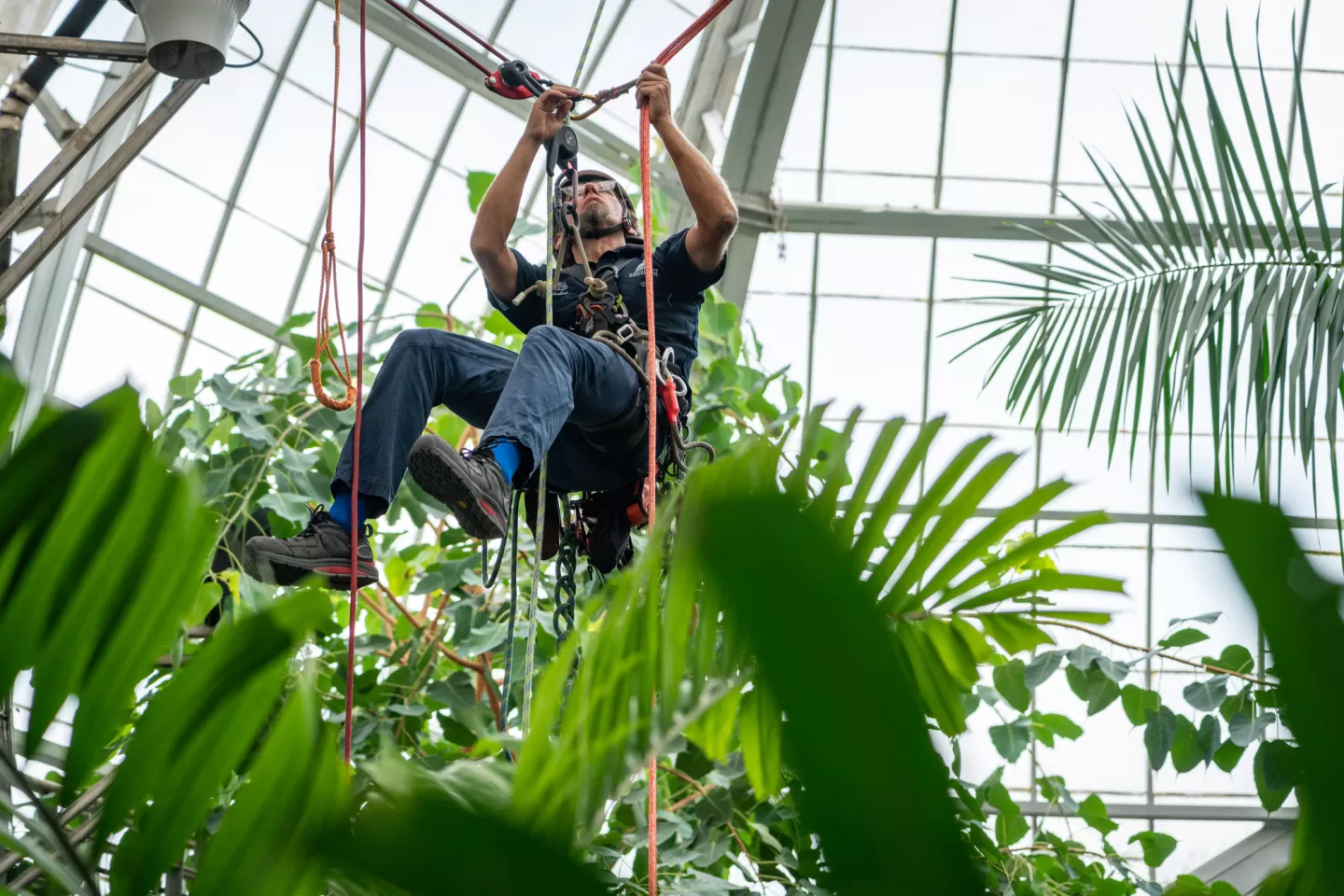
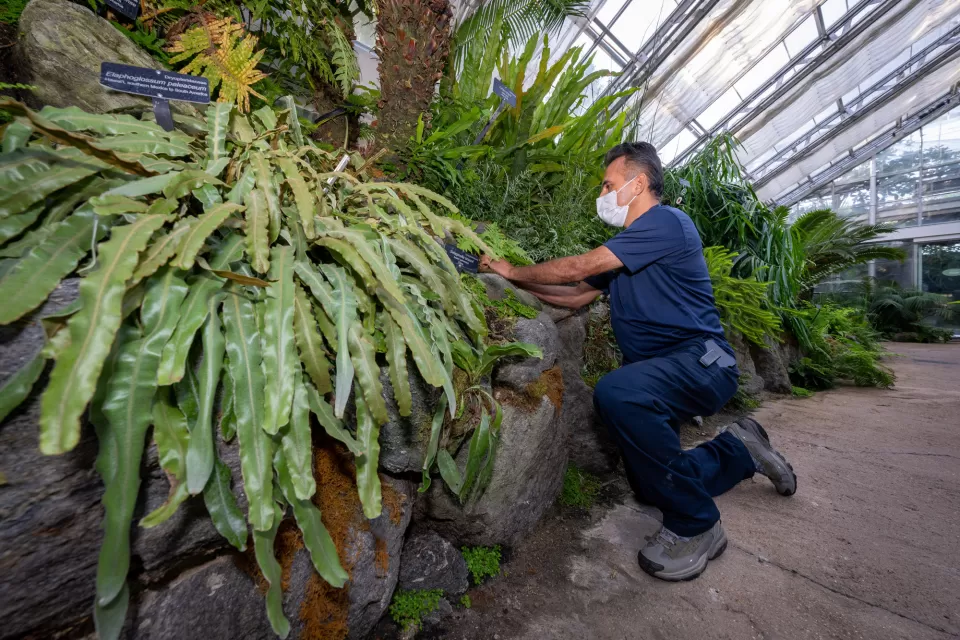
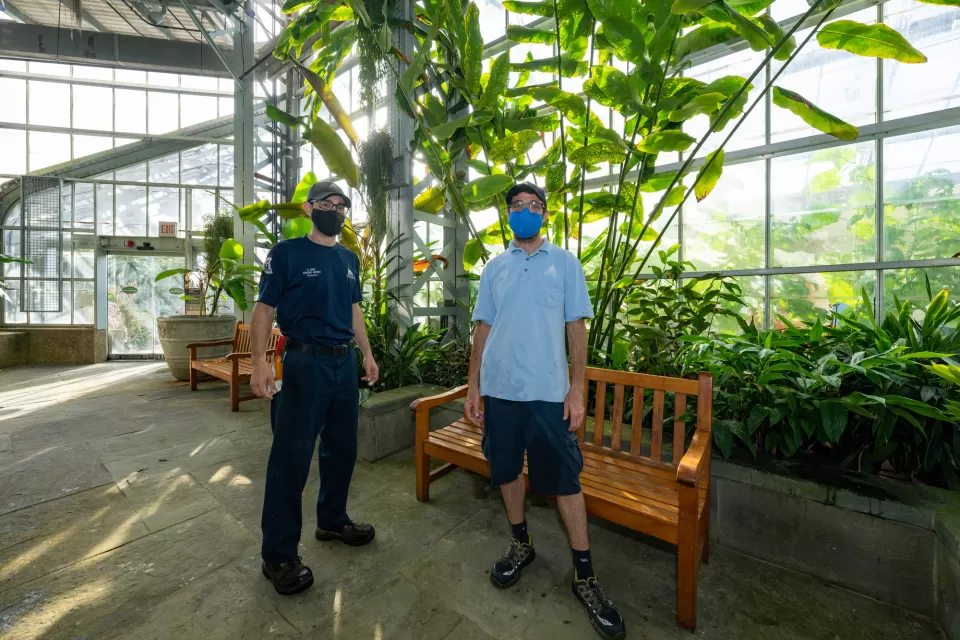
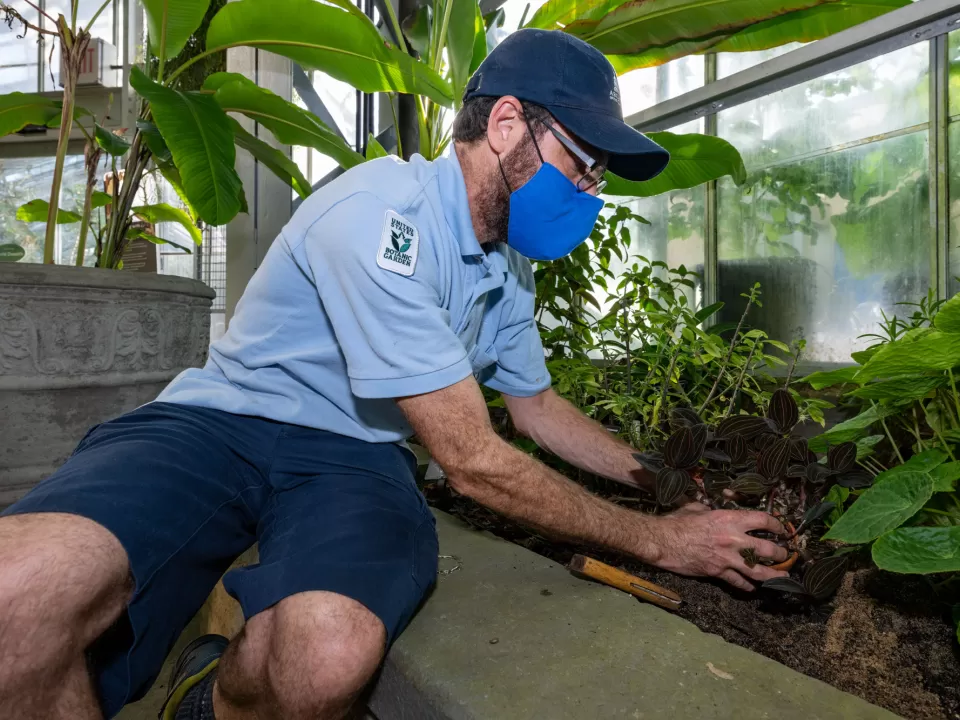
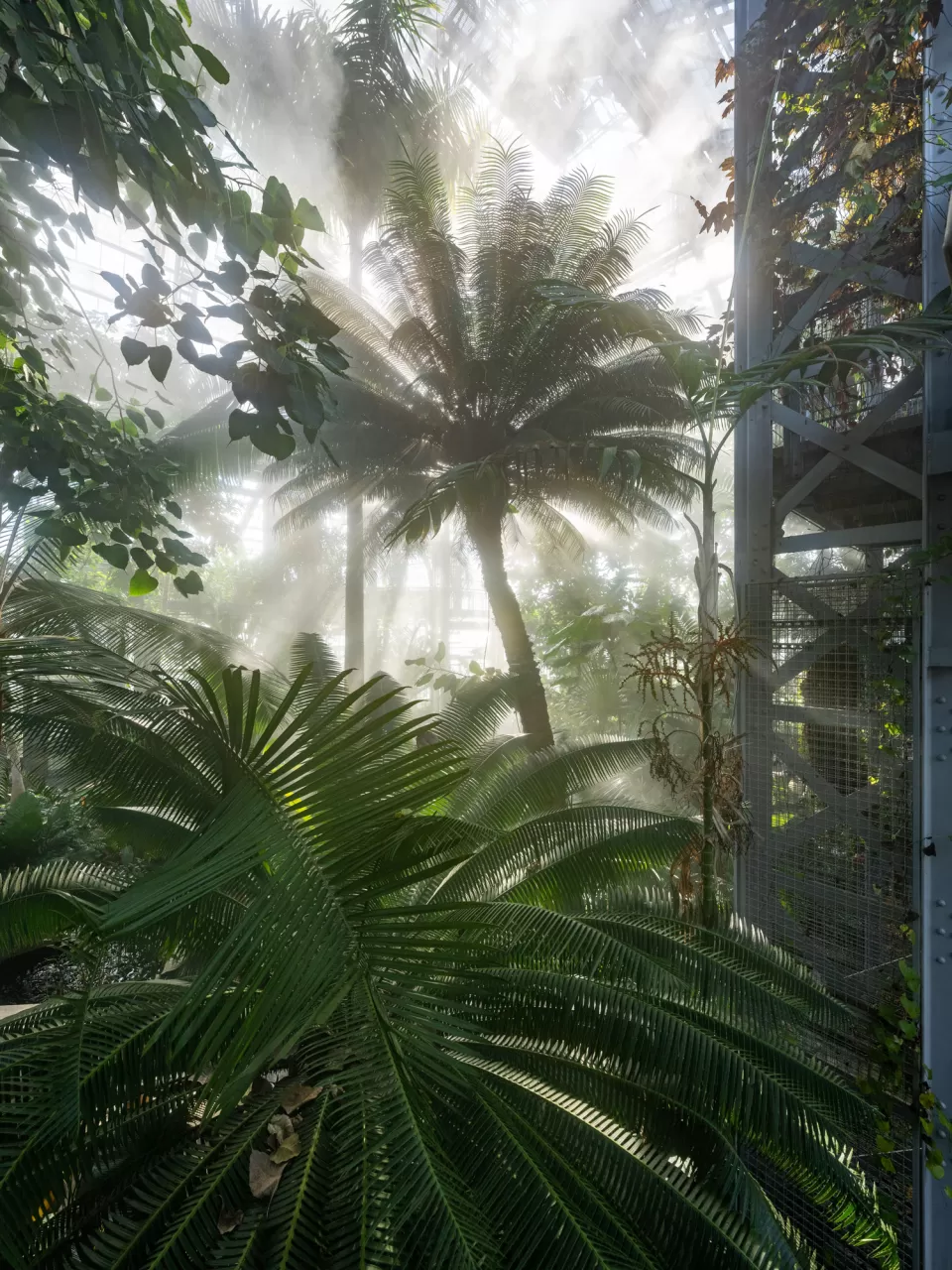
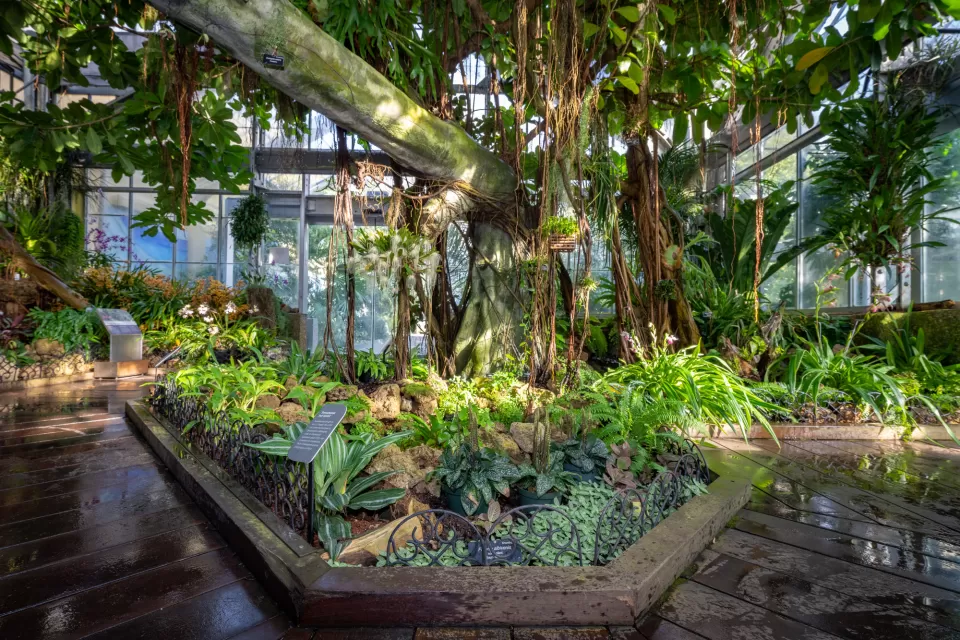
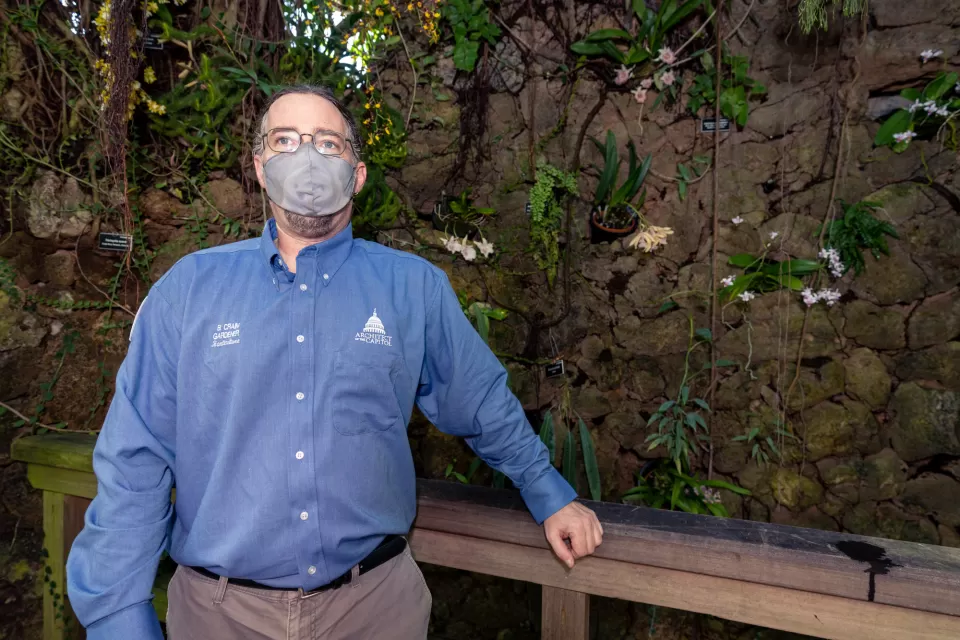
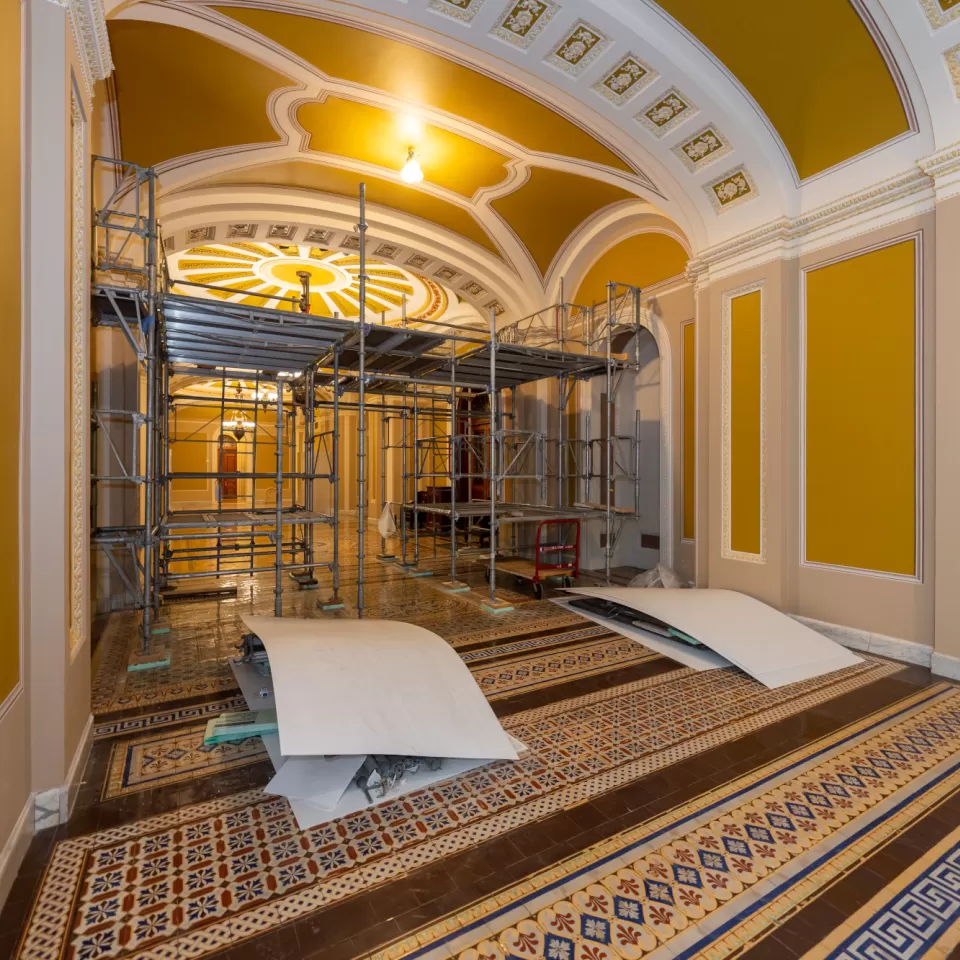
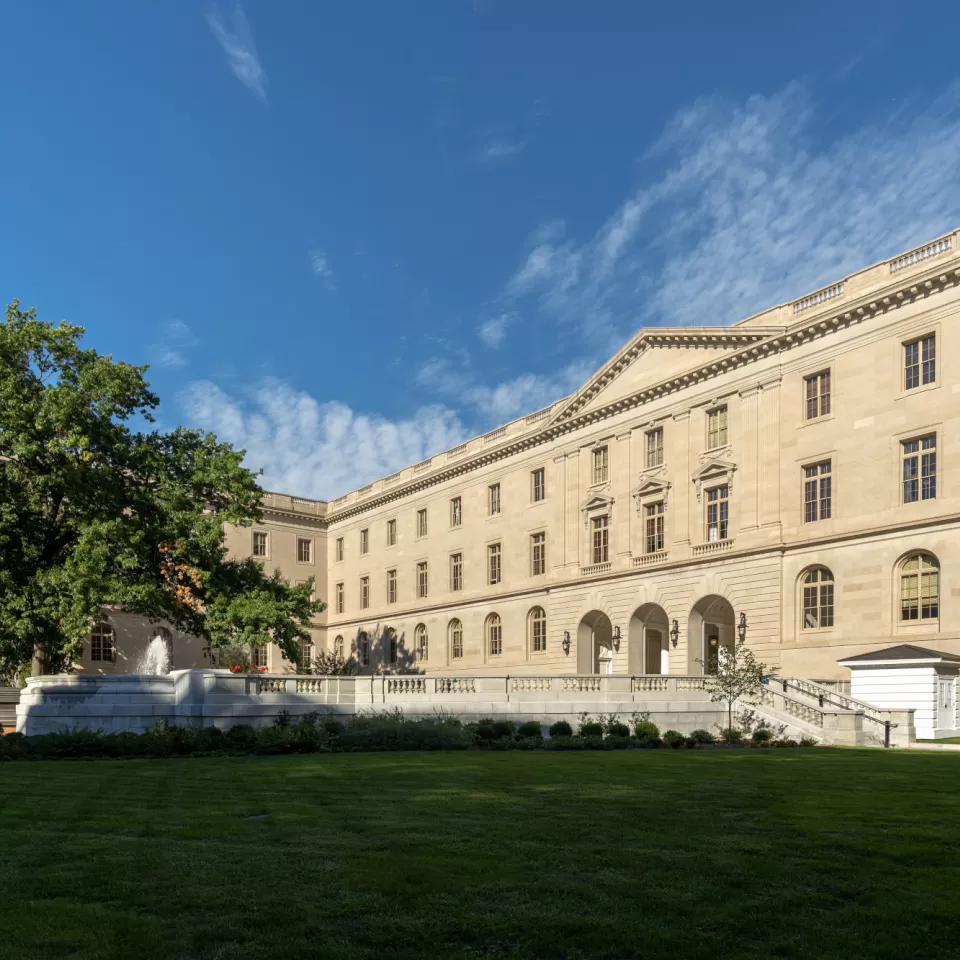
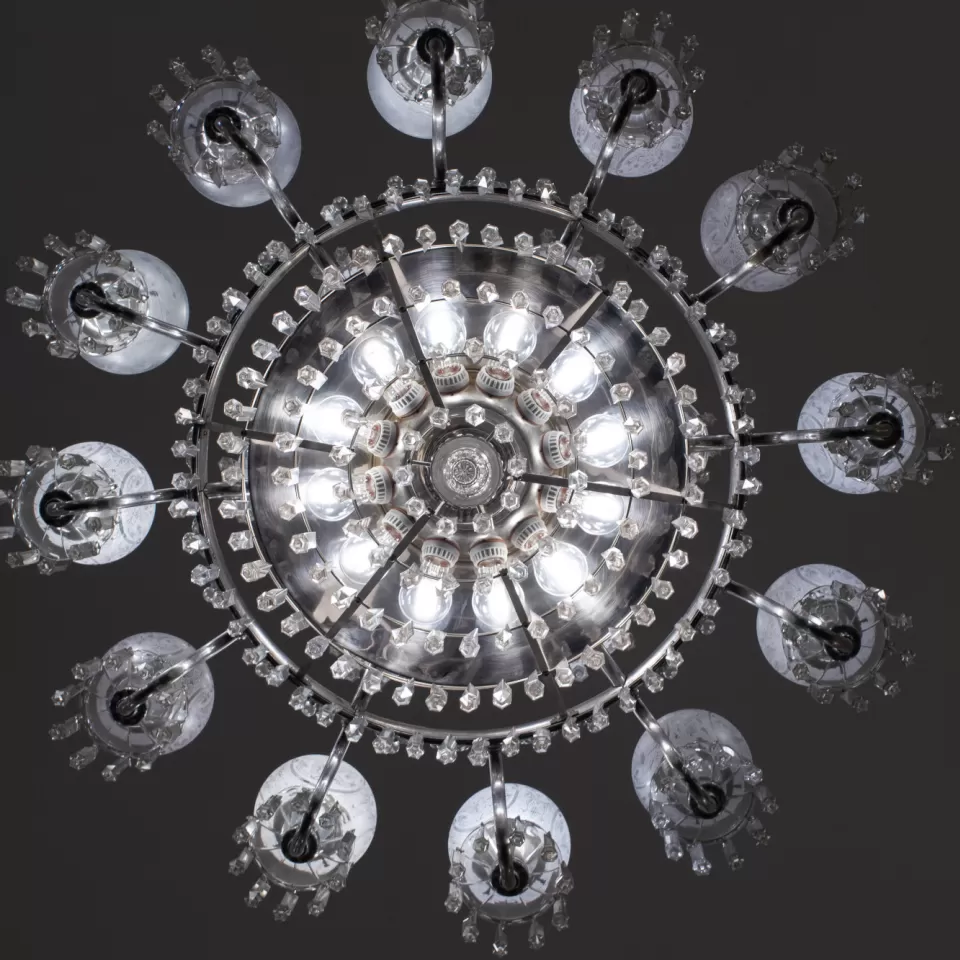
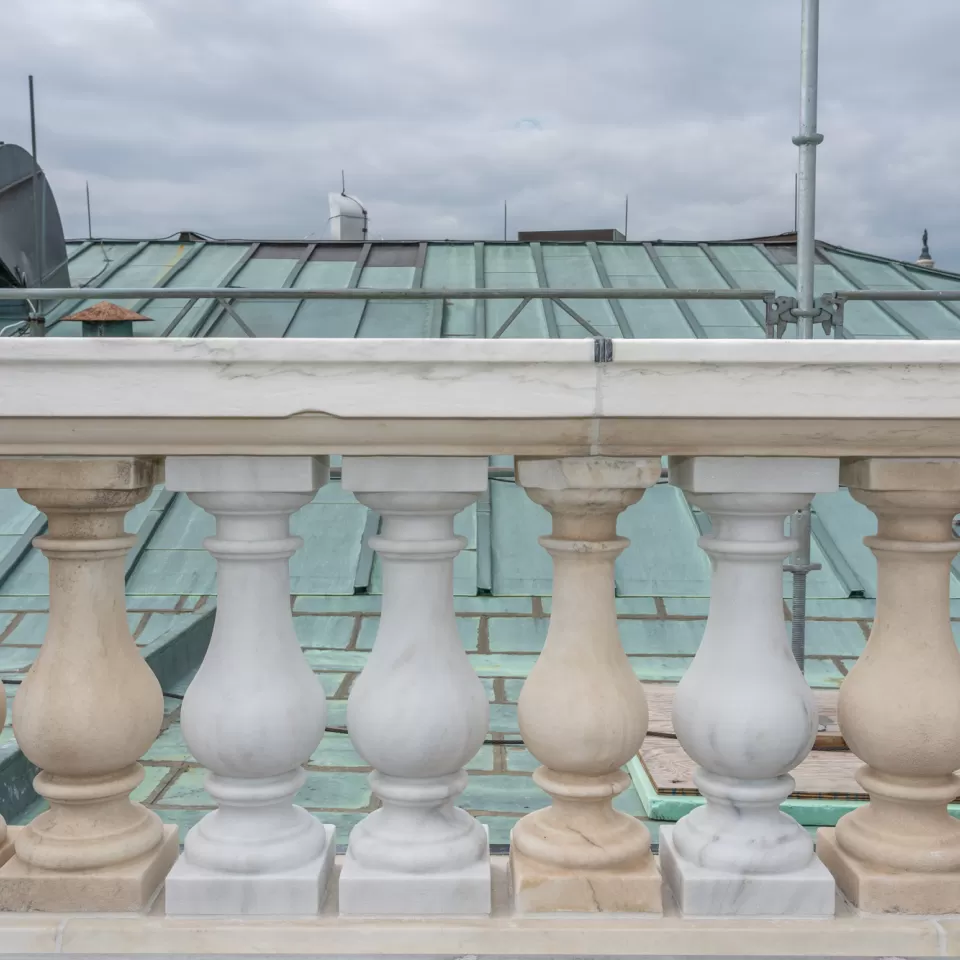
Comments
Well done! I can't wait to see the renovations in person.
Add new comment